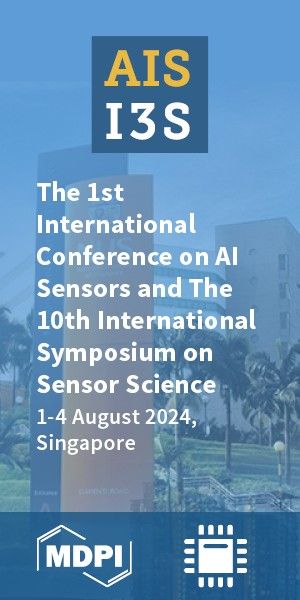Article
Version 2
Preserved in Portico This version is not peer-reviewed
A Theory of Intelligences
Version 1
: Received: 9 April 2024 / Approved: 10 April 2024 / Online: 10 April 2024 (09:21:54 CEST)
Version 2 : Received: 25 May 2024 / Approved: 27 May 2024 / Online: 27 May 2024 (13:04:48 CEST)
Version 2 : Received: 25 May 2024 / Approved: 27 May 2024 / Online: 27 May 2024 (13:04:48 CEST)
How to cite: Hochberg, M. E. A Theory of Intelligences. Preprints 2024, 2024040722. https://doi.org/10.20944/preprints202404.0722.v2 Hochberg, M. E. A Theory of Intelligences. Preprints 2024, 2024040722. https://doi.org/10.20944/preprints202404.0722.v2
Abstract
Intelligence is a human construct to represent the ability to achieve goals. Given this wide berth, intelligence has been defined countless times, studied in a variety of ways and represented using numerous measures. Understanding intelligence ultimately requires theory and quantification, both of which have proved elusive. I develop a framework -- the Theory of Intelligences (TIS) -- that applies across all systems from physics, to biology, humans and AI. TIS likens intelligence to a calculus, differentiating, correlating and integrating information. Intelligence operates at many levels and scales and TIS distils these into a parsimonious macroscopic framework centered on solving, planning and their optimization to accomplish goals. Notably, intelligence can be expressed in informational units or in units relative to goal difficulty, the latter defined as goal complexity relative to system (individual or benchmarked) ability. I present general equations for intelligence and its components, and a simple expression for the evolution of intelligence traits. The measures developed here could be the basis for further refinements to gauge different facets of intelligence for any step-wise transformation of information. I argue that "proxies" such as environment, technology, society and collectives are essential to a general theory of intelligence and to possible evolutionary transitions in intelligence, particularly in humans. I conclude with testable predictions of TIS and offer several speculations.
Keywords
complexity; difficulty; encode; efficiency; evolution; goals; information; optimization; surprisal; uncertainty
Subject
Biology and Life Sciences, Other
Copyright: This is an open access article distributed under the Creative Commons Attribution License which permits unrestricted use, distribution, and reproduction in any medium, provided the original work is properly cited.
Comments (0)
We encourage comments and feedback from a broad range of readers. See criteria for comments and our Diversity statement.
Leave a public commentSend a private comment to the author(s)
* All users must log in before leaving a comment








